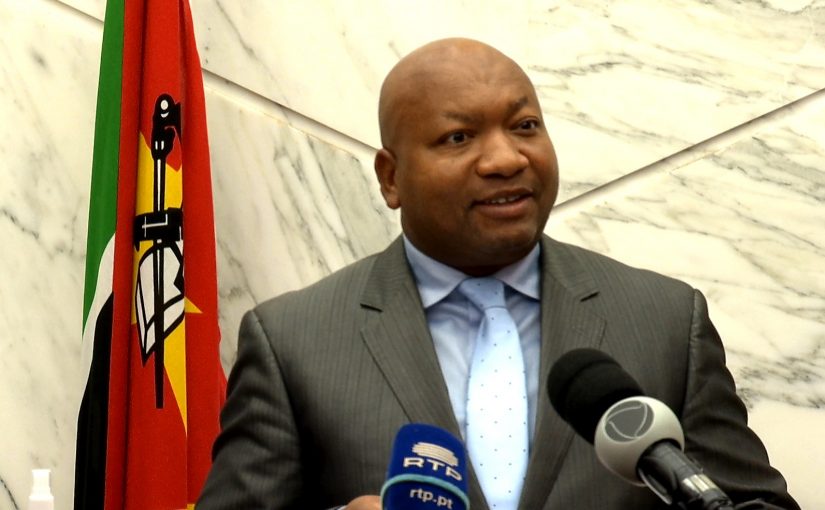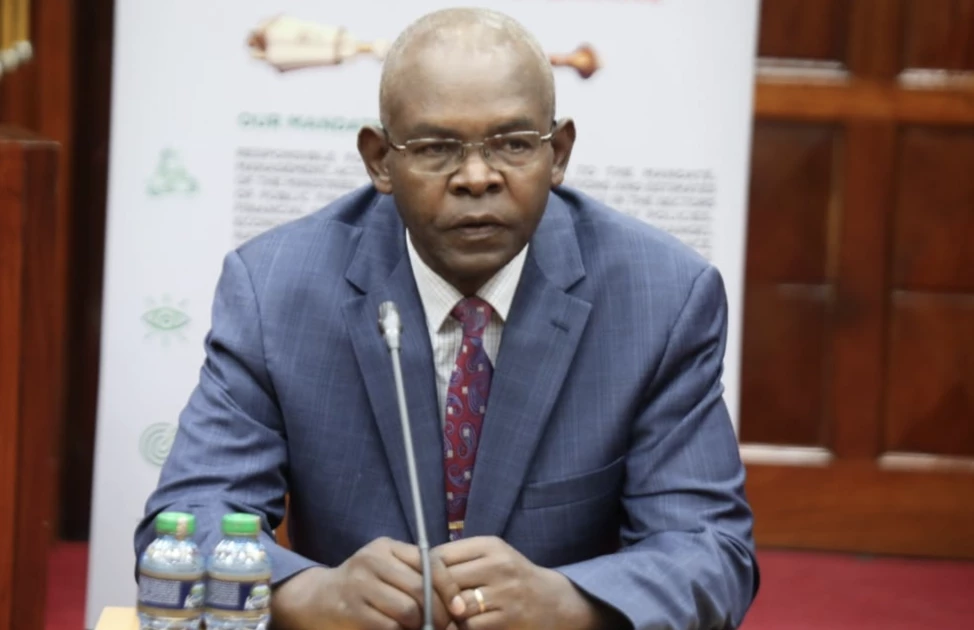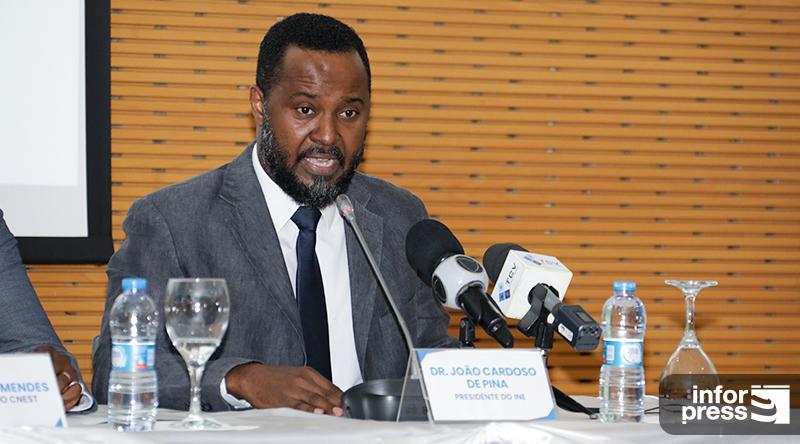Unified pay system anchors Mozambique’s fiscal credibility
Metical steady around 63 per USD (MZN=X) as inflation holds near 4.9%; gold (XAUUSD) and cocoa (CC=F) prices strengthen Mozambique’s external position while Treasury yields hover near 13% amid TSU-linked fiscal standardisation through 2026.

Mozambique’s confirmation that former government officials will remain under the unified salary scale (TSU) from 2025 reflects a calculated step toward fiscal standardisation and risk control. The TSU, introduced in 2022 to consolidate over 100 disparate public-sector pay systems, now includes former officeholders within the same audited framework. This move signals administrative continuity and aims to reduce legal contingencies that have historically strained Mozambique’s fiscal balance. Inflation eased to 4.9% year on year in September 2025, while the Bank of Mozambique has maintained its benchmark rate at 15.25%. The metical (MZN=X) traded between 63 and 64 per USD through October, reflecting stable liquidity conditions supported by firm commodity exports and restrained domestic credit growth.
The economic rationale for salary continuity is defensive rather than expansionary. By applying uniform pay standards to both active and retired officials, the government minimises exposure to retroactive claims and wage arrears that can disrupt fiscal programming. Predictable payroll obligations allow the Treasury to plan cash flows more efficiently and limit recourse to short-term domestic borrowing, a structural weakness that previously inflated Mozambique’s interest bill. The average yields on Treasury bills stood near 13.2% (91-day), 13.6% (182-day), and 13.9% (364-day) in mid-October, down roughly 100 basis points from early 2024. With inflation below 5%, this configuration delivers mildly positive real rates, supporting financial stability while maintaining investor confidence in the local debt curve.
Fiscal consolidation remains fragile. The public wage bill accounted for an estimated 13.5% of GDP in 2025—among the region’s highest ratios—while total government expenditure reached 31% of GDP. Public debt, projected at 84% of GDP by mid-year, continues to constrain policy space despite the restructuring of commercial and bilateral obligations in prior cycles. The government’s decision to preserve TSU coverage for former officials avoids reopening costly exemptions that could erode the programme’s credibility. Maintaining a single, transparent structure signals policy discipline to multilateral creditors and strengthens the government’s position in ongoing budget-support discussions.
Macroeconomic conditions provide a narrow window for credibility gains. Real GDP is projected to grow around 5.0% in 2025, driven by LNG production at the Coral South floating platform and expanded mining output. The external position remains supported by resilient exports, with gold (XAUUSD) above USD 2,300 per ounce and cocoa (CC=F) near USD 9,400 per tonne. Combined with stable metical trading, these fundamentals have reduced imported inflation and created scope for incremental easing once the fiscal trajectory is secured. However, wage rigidities embedded in the TSU could limit flexibility if commodity revenues soften or if election-year spending pressures mount.
Markets have started to reprice Mozambique’s risk modestly lower but remain cautious. The country’s 2031 Eurobond yield hovered around 12–13% in mid-October, tighter than the 14–15% levels observed in early 2024 but still implying a wide premium versus regional peers such as Zambia (~10%) and Côte d’Ivoire (~8%). Investors remain focused on execution rather than announcements. Sustained payroll transparency and adherence to arrears ceilings would allow the domestic yield curve to flatten by 100–150 basis points, improving bank liquidity and lowering sovereign rollover costs. Failure to enforce these parameters could quickly reverse the recent decline in yields and reignite FX pressures.
Regionally, Mozambique’s approach aligns with a wider Southern African effort to institutionalise fiscal governance. Angola’s pay reforms under IMF oversight and Zambia’s public-sector restructuring have both sought to compress wage costs without destabilising service delivery. Mozambique’s inclusion of former officials under the TSU removes a political loophole that often undermines consolidation elsewhere. The reform’s credibility therefore extends beyond payroll mechanics—it is a test of whether post-debt-distress economies can sustain discipline once immediate crisis pressure subsides.
By 30 June 2026, Mozambique’s fiscal credibility will be measurable through three verifiable indicators: the wage bill remaining at or below 13.5% of GDP, zero net accumulation of payroll arrears, and 182-day Treasury yields holding at or below 13% alongside MZN=X contained within 62–66. Achieving these metrics would validate the TSU’s institutional strength, anchor market confidence, and permit gradual re-entry to international capital markets at lower risk premia. Missing them would expose the limits of administrative reform in an economy still testing the boundaries between fiscal control and political pragmatism.





